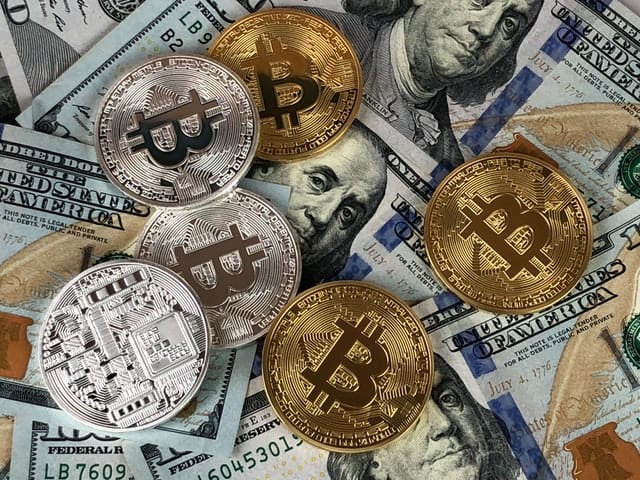In 2019, Bitcoin turned 10 and throughout its 10 years of existence, people have developed new ways to buy bitcoin. The most traditional method is through a centralized exchange. These are often called traditional bitcoin exchanges as they have been around since the very beginning. Since they’ve been around longer, they’ve been a more popular option with some of the biggest exchanges in the world being centralized exchanges.
Centralized Bitcoin Exchanges
Buyers and sellers are matched via order book on centralized exchanges. Once the traders are matched, the platform acts as a middleman that helps them carry on the trade. This means that both buyers and sellers rarely interact with one another. This means more anonymity and privacy for some traders. And since there is a middleman helping with the trade, this type of bitcoin exchange is appealing to newbies and people who want to start buying bitcoins. Also, since they’re a more popular option, most on-the-fence investors are most likely to gravitate towards a centralized exchange. It may be because of the sheer number of people on these platforms (making them seem more credible) or it may be because there are several communities that are already established.
However, the main gripes that centralized exchanges get are about their high fees. The middleman that was described earlier doesn’t come for free and oftentimes, the charges can get up there. Another downside to centralized exchanges is that in most cases, you’ll need to link your bank to your account. For countries with severely underbanked populations like Africa, that would mean that not everyone would be able to buy bitcoin in the traditional means. It basically means that trading on these exchanges is more exclusive. Lastly, centralized exchanges are often restricted by regulations. One example of this was when China’s regulation froze all withdrawals for a month, resulting in the two largest exchanges being affected. As a user of the platform (especially those that are new to bitcoin trading), this is NOT something you want.
Peer-to-peer marketplaces

Just like traditional bitcoin exchanges, buyers and sellers are matched via order book. However, the platform has little to no interference with the trade at all. This means that instead of having a middleman help the buyer and seller complete the trade, the traders are tasked to complete it on their own—coordinating with each other in real-time. This entails a more personalized trading experience for the users, which could mean more efficient trades.
Order books on peer-to-peer marketplaces are a little different. On big peer-to-peer platforms like Paxful, there and hundreds of payment methods available for traders to choose from. This allows you to buy bitcoin with gift cards, bank transfers, PayPal, and much more. After choosing one of the hundreds of payment methods, you’ll be able to put other preferences such as the preferred currency you’ll be using and even the country you want your vendor to come from (this is important when you’re looking to buy bitcoin with cash). From there, you’ll be shown a list of offers based on those preferences. The same goes for when you’re selling bitcoin. You can create offers, entering your preferences like profit percentage (how much you’ll be making per trade), how much you’re willing to receive (trade limits), payment window (how long before the trade expires), and much more. When a buyer engages in trade with a seller, they are redirected to an individual trade page that oftentimes has a live trade chat. This will allow buyers and sellers to clarify anything—preventing any confusion or misunderstanding. It will also allow traders to form business relationships on these platforms (which can sometimes mean discounted prices for loyal customers).
However, peer-to-peer marketplaces get a bad rap for scammers and rippers (people that rip the value off of your gift card) since most platforms didn’t require KYC. This allowed practically anyone to join these marketplaces and unfortunately, not everyone has the best intentions. Luckily, peer-to-peer marketplaces have evolved over the years, implementing several security protocols to protect their users. These protocols include the use of 2FA when trading and sending money, dedicated customer support teams that are there to solve any disputes, KYC (depending on the peer-to-peer marketplace), and escrow services that act as a third party to make sure that both the buyer and seller are protected.
Your choice to make
Neither one of these types of platforms is better than the other. It mostly depends on one thing: you. If you’re willing to pay a little bit more for the middleman to help you out, then why not? Some people prefer personalized trading experience and some people don’t care for it. It really all depends on the way you like to trade. Try giving both platforms a shot and see which one you like best. Invest a small amount of money and explore the difference in trading styles. Create a plan that you can stick to and carry it on. At the end of the day, it’s your money and you shouldn’t let anyone tell you how to trade it.

